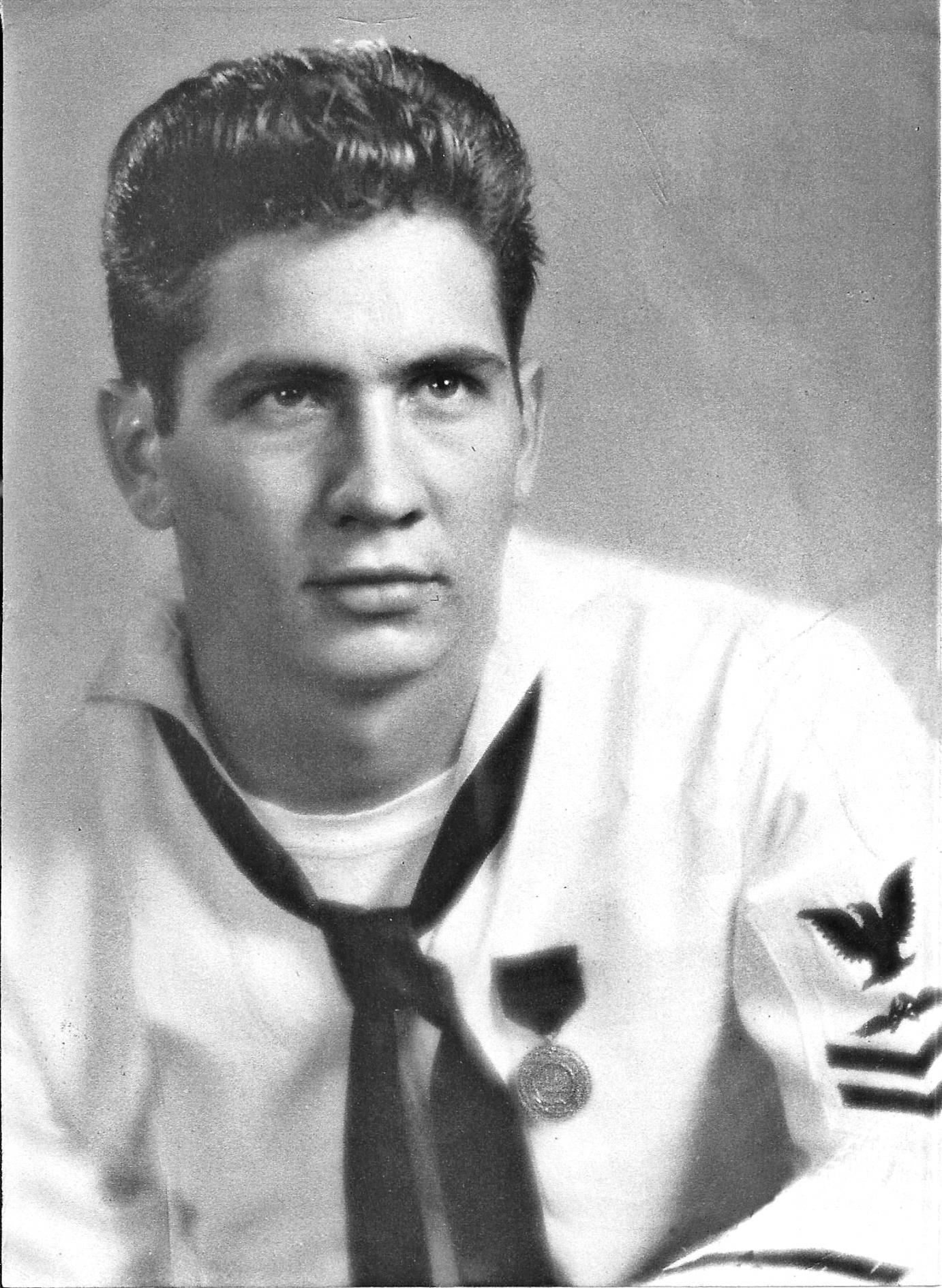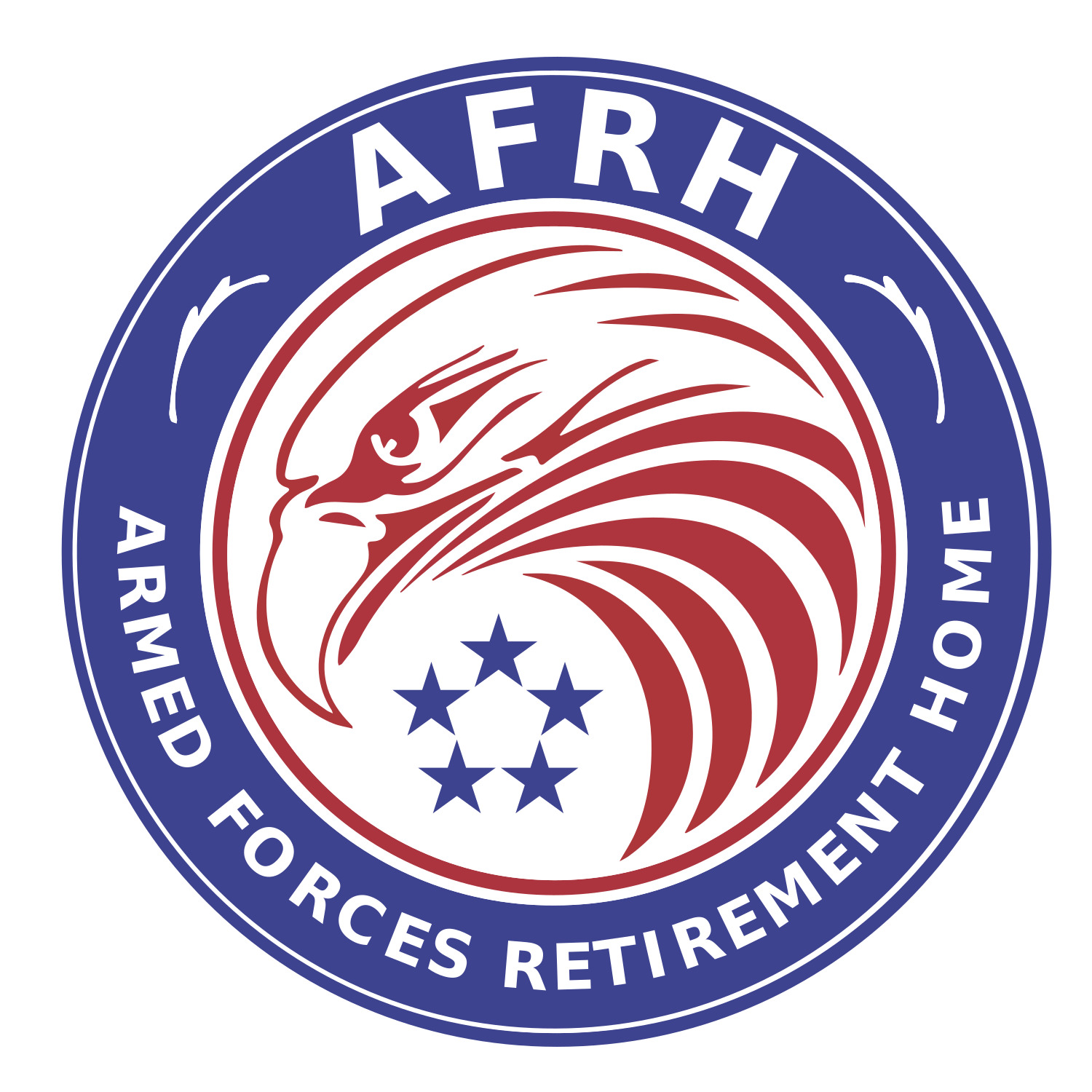
The military life of Paul Robert Bohn
By Dan Ellis | AFRH-G Resident
Paul Robert Bohn was born on August 12, 1939 to Robert and Pauline Bohn in Decatur, Illinois. After completing elementary school he attended Lakeview High School. He purchased his junior class ring, but in an argument with his instructor, who claimed he wasn’t entitled to wear the ring, Paul quit and went directly to the recruiting station.
At age 17, Paul enlisted for four years with the U.S. Navy on November 18, 1956 and completed his basic training in Great Lakes, Illinois. He was then sent to the Naval Air Technical Training Center in Norman, Oklahoma. Upon completion of aircraft maintenance classes he was transferred to the HS-4 helicopter squadron in Imperial Beach, California, where he received helicopter repair training.
While serving as an aviation structural mechanic, he was promoted to E-3 grade and deployed to the U.S.S. Princeton aircraft carrier. During this time, he met and married Carole Virden, with whom he had a son, Mark and a daughter, Cheryl.
In 1959, with the rank of 2nd Class Petty Officer (E-5), Paul was assigned to the U.S.S. Yorktown as the flight line petty officer supervising maintenance and flight readiness of helicopters.
In 1960, he reenlisted for six years and was sent to the Naval Training School in Memphis, Tennessee for advanced aircraft training. The next year, Paul was promoted to 1st Class Petty Officer (E-6) and stationed at Naval Air Station Whidbey Island located north of Seattle, Washington. His duty assignment was supervisor over structural mechanics and maintenance of all aircraft landing at the island.
In 1964, he was transferred to the Helicopter Combat Support Squadron 1 (HC‑1) in Imperial Beach, California, where he trained as a rescue air crewman and participated in active rescue operations along the west coast. In 1966, he reenlisted for a third time – for four years.
In November 1966, he was transferred to Vietnam and was assigned to the 101st Airborne “Thunderbird Platoon” for training at Soc Trang Air Field as a door gunner, where he remained attached while performing combat patrols throughout the Mecong Delta operating an M60 machine gun. During this time Paul was promoted to Chief Petty Officer (E-7).
Having completed his training with the Thunderbirds, Paul rejoined his squadron, that had been assigned to HAL‑(3), nicknamed the Seawolves.
The new naval special warfare operations included large LTDs that provided landing berths for two helicopters that provided air cover for the patrol boats (PBRs) in the Mekong Delta region of South Vietnam. The helicopter gunships provided quick reaction and close air support (CAS) roles for the Navy's River Patrol Force while disrupting the Viet Cong's lines of communications and locating supply caches.
During this phase of conflict, Paul was shot in the leg on June 7, 1967, for which he received a Purple Heart, a Bronze Star, and a Combat Action Ribbon. He was sent to an Army field hospital for two months and then transferred to the Naval Air Station Hospital in Corpus Christi, Texas. For the next year and a half, he put in shore duty as line chief and was in charge of all aircraft, in addition to training new air crewmen. He returned to Vietnam in 1969. In August 1970 Paul temporarily ended his service with the Navy.
While becoming a civilian, Paul was employed for the next five years with Safeway Corp., first as a manager trainee in Alexandria, Virginia, and then as a division manager based in Little Rock, Arkansas. During this time he was a member of the Naval Reserves.
In 1975 he attended night school for electronics certification while being employed with Teletype Corporation. In 1978, he completed instructions on basic electronics at the Arkansas College of Technology in Little Rock, Arkansas.
In 1979, he took a stint as a Deputy Sheriff in Pulaski County based in Little Rock, Arkansas, but this was halted in 1981. With the escalation of the Lebanese conflict in the Middle East, the Reagan administration increased its military budget and Paul received a personal letter from President Reagan inviting him to rejoin the Navy. He reenlisted for four years, continuing with the rank of E-7, and was assigned as manager of aircraft maintenance aboard the U.S.S. Inchon, which served as the flagship of Amphibious Squadron 6, on station at Beirut, Lebanon.
After departing the Mediterranean Sea, the U.S.S. Inchon continued to other ports such as Quantico Marine Base in Maryland at the Potomac River and then to Naval Base Guam in the Pacific East Asia Division where Paul became Maintenance Master Chief (E-9).
In 1990, Paul retired from military service when his ship docked at Naval Base, Maryland.
For the next 31 years, Paul kept busy while maintaining and improving the estate of a personal friend in Virginia Beach. During that time, he also volunteered as a docent at the Naval Museum in Norfolk, Virginia.
On April 10, 2018, Paul became a resident at AFRH-Gulfport where he volunteers his Sunday mornings as a trolley driver for residents attending church services at the chapel.
- Log in to post comments
